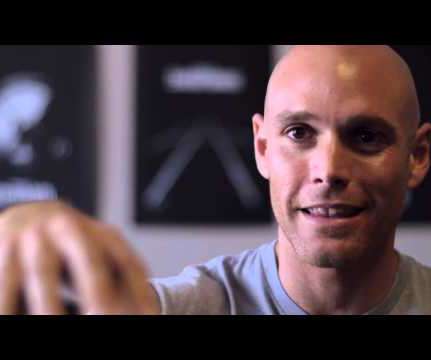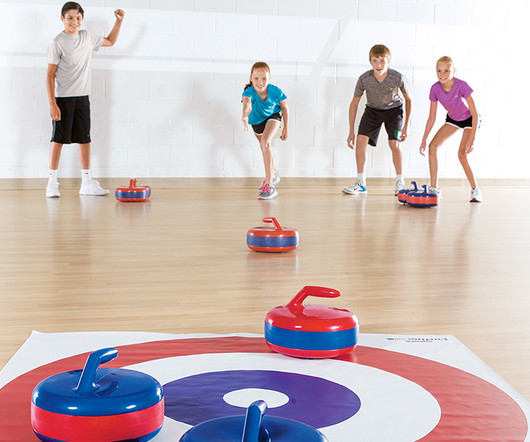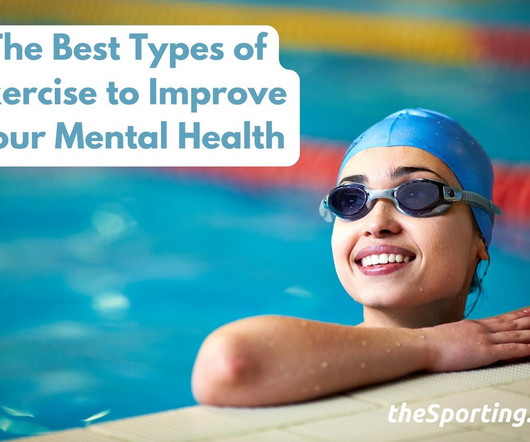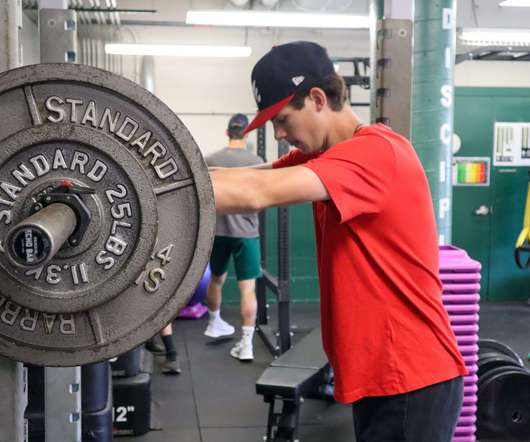Can You Use CrossFit In Physical Education Classes?
Physical Education Update
AUGUST 12, 2022
The exercises are described as “constantly varied function movements” that employ some equipment that you might already have in your storage room, including dumbbells, barbells, jump ropes, gymnastics rings, medicine balls, pull-up bars, kettlebells, plyometric boxes, rowers, resistance bands, and mats.












Let's personalize your content